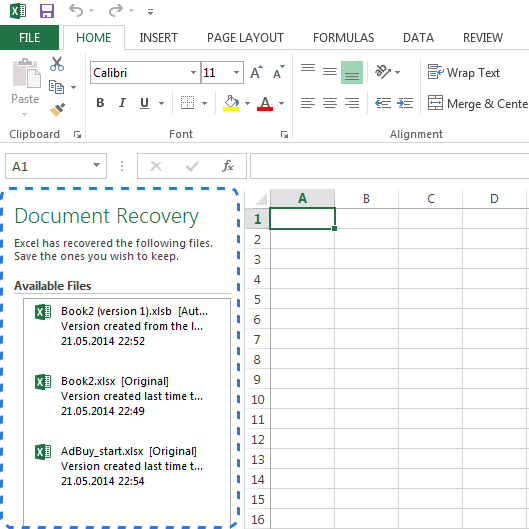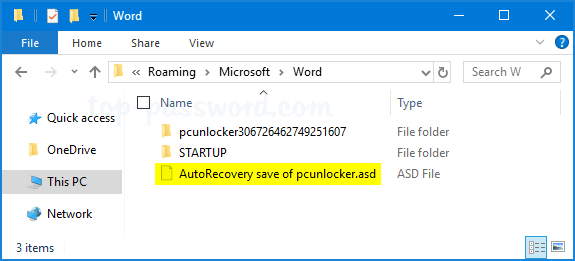

Look in the person's Recycle Bin and, if the file is still there, restore it. Make note of the desired file name the next time the error message comes up. If that doesn't work, you should consider giving Word the file it is looking for. (If you are unsure whether any other programs are using the folder, then simply change the location of the AutoRecover folder, in Word, to some new folder you create.) If you have another program that is using the same folder for storing information, it is possible that Word is incorrectly assuming that those files are, somehow, files that need to be recovered.

You will also want to make sure that once you delete the files that nothing else is getting put in that folder. (You can see this on the File Locations tab of the Options dialog box.) Write down the path for the folder, then close Word and use Windows to delete everything in the folder. Second, look in Word for the location where it is storing AutoRecover files. Run the built-in Windows programs that check the disk and file structure for any errors, and correct any that show up. First, start by doing some diagnostics on the drive in question. There are a couple of things that can be tried.
#When word 2016 for mac crashed a saved document could not be recovered how to
Kim is wondering how to best handle this situation. Now everyone enjoys the annoyance of every second opening of Word being greeted with the auto recovery pane seeking some user action for the same file.

This file recovery request has now infiltrated its way other users on the LAN. As a result Word, on every second occasion, requests some action with the 'auto recovered' (now deleted) file. The user took no action to recover the file and, instead, physically deleted it. Ever since that time Word has repeatedly requested some attention to permanently recover the file. Kim recounts an experience where Word 2003 saved a file automatically during a time when the workstation shut down abnormally.


 0 kommentar(er)
0 kommentar(er)
